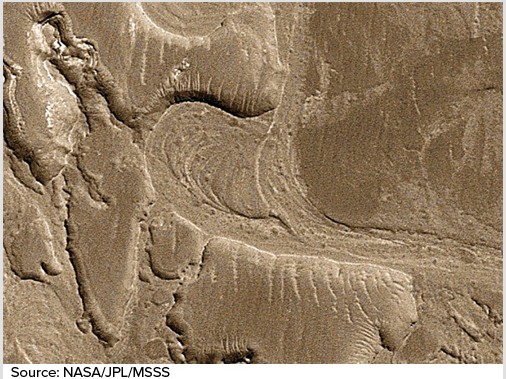Which of the following represents an alarming positive feedback loop of global warming?
A) Increasing temperatures raise humidity, which further increases temperatures.
B) Decreased pH of the ocean increases the rate at which carbon dioxide is absorbed by the oceans from the atmosphere.
C) Increased use of fossil fuels adds ozone to the stratosphere, which traps more heat.
D) Increased levels of atmospheric carbon dioxide decreases photosynthesis, which further increases atmospheric levels of carbon dioxide.
A
You might also like to view...
Gradual rather than destabilizing change in constitutional democracies stems from
a. conflicting information from experts b. distribution of power among federal, state, and local authorities c. distribution of power among different branches of government d. all of these answers e. both distribution of power among federal, state, and local authorities and distribution of power among different branches of government
Many free-market economists, among others, believe that all of these principles should govern use of public lands except:
a. Cut old-growth forests in national forests and replace them with tree plantations. b. They should be used primarily for protecting biodiversity, wildlife habitats, and ecosystems. c. The American people deserve fair compensation for use of their property. d. All users or extractors of resources on public lands should be held responsible for damage they cause. e. No one should receive tax breaks for extracting resources on public lands.
Diagenesis transform sediments into sedimentary rocks. What kind of changes can occur in Diagenesis?
a. Chemical changes b. Physical Changes c. Biological Changes d. Ecological Changes e. All of the above except d
What does this curved feature, which contains a point bar, indicate about past events on Mars?
A. There were explosive volcanic eruptions. B. Glaciers once covered the entire planet. C. The surface once had running water that eroded and deposited sediment. D. Strong winds eroded into a series of volcanic layers.